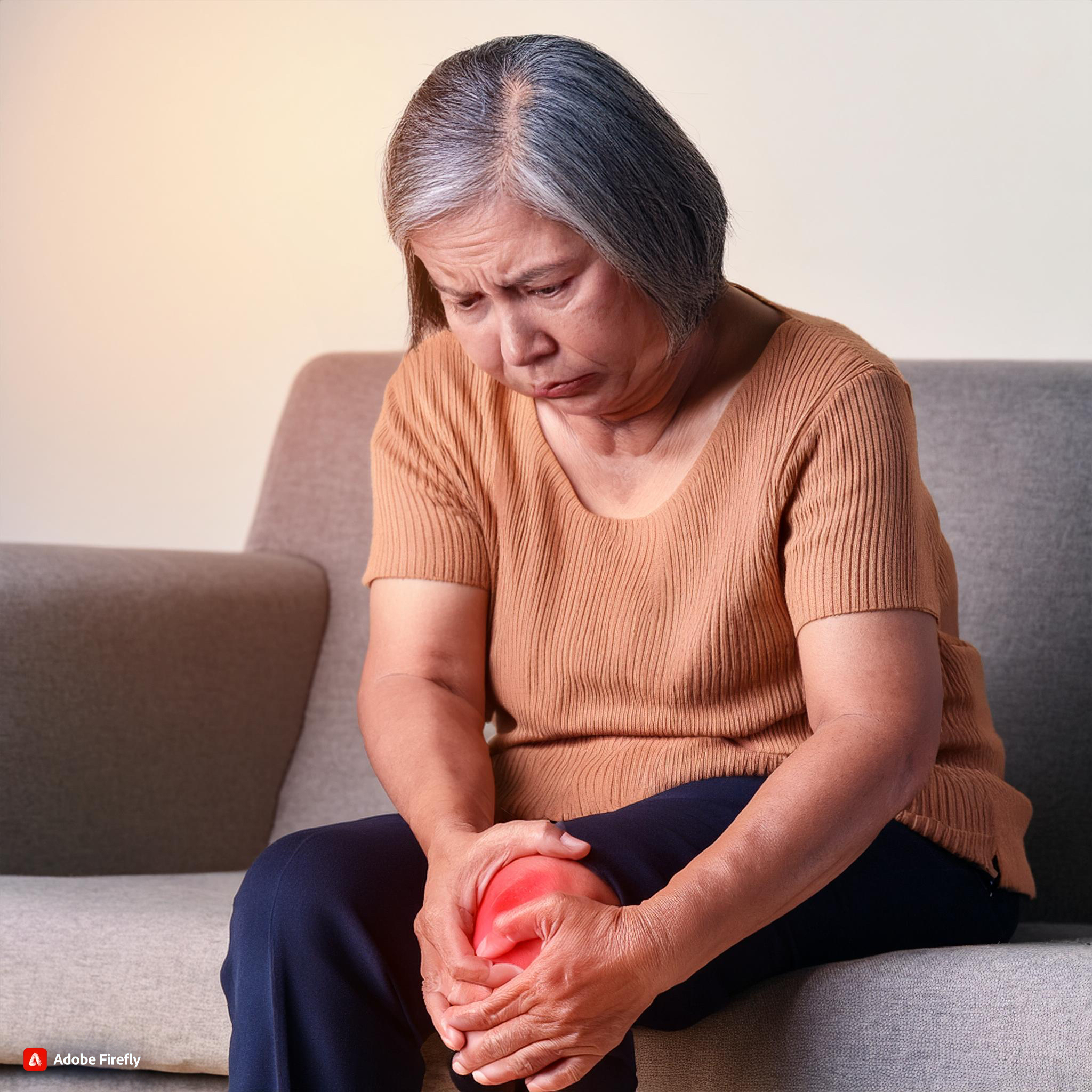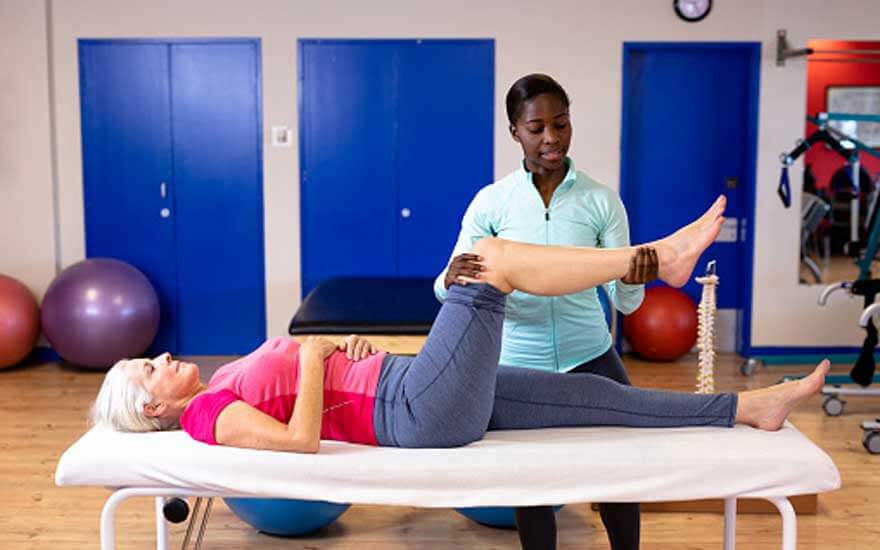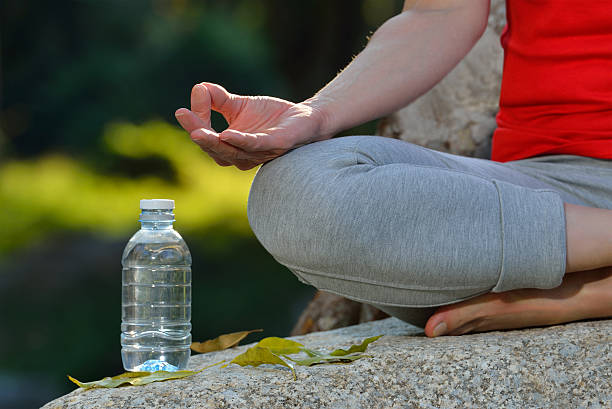Our knees are remarkable joints that play a pivotal role in our daily lives, supporting our weight and enabling us to perform a wide range of movements, from walking and running to kneeling and bending. However, when you experience the sensation of your knee feeling tight when bending, it can be a cause for concern, as it may not only be uncomfortable but also a potential sign of an underlying issue. Whether you’re an athlete looking to stay active, someone seeking comfort in their daily activities, or simply curious about what might be causing this discomfort, this article is your guide to understanding the various causes and effective treatments for a knee that feels tight when bending.

The feeling of tightness in the knee can vary in intensity, ranging from mild discomfort to a more severe sensation that restricts your range of motion. It can be a result of various factors, including injuries, medical conditions, or simple wear and tear. By delving into the seven common causes and their respective treatments, we aim to provide you with valuable insights to help you make informed decisions about your knee health. Whether it’s a sudden onset of tightness or a lingering issue that has been bothering you for some time, this comprehensive exploration will empower you to take control of your knee’s well-being, allowing you to live life to the fullest without discomfort or limitations. So, let’s dive into the world of knee health and discover the reasons behind that bothersome feeling of tightness and the steps you can take to alleviate it.
Check out our Knee Pads for Comfort and Relief
The Causes of Knee Tightness
- Muscle Imbalance: One common cause of knee tightness is muscle imbalance around the knee joint. When certain muscles are stronger or more developed than others, it can affect the alignment of the knee and result in tightness during movement. This imbalance can be due to factors like overuse of certain muscle groups, poor posture, or inadequate stretching.
- Meniscus Tear: The meniscus is a crucial cushion-like structure in the knee that can be prone to injury, especially in athletes. A torn meniscus can cause knee tightness, along with symptoms like pain, swelling, and limited range of motion.
- Arthritis: Arthritis, such as osteoarthritis or rheumatoid arthritis, can lead to inflammation and cartilage damage in the knee joint, resulting in a sensation of tightness. This condition is often progressive and may require ongoing management.
- Ligament Injuries: Injuries to the ligaments that stabilize the knee, such as the anterior cruciate ligament (ACL) or posterior cruciate ligament (PCL), can cause instability and tightness in the knee. These injuries are common in sports and accidents.
- Bursitis: Bursae are small fluid-filled sacs that reduce friction between tendons, muscles, and bones around the joint. Inflammation of the knee bursae, known as bursitis, can lead to discomfort and tightness during knee movement.
- Overuse and Wear and Tear: Repeated stress on the knee joint from activities like running, jumping, or lifting heavy loads can cause wear and tear over time. This wear and tear can lead to a sense of tightness and discomfort.
- Postoperative Complications: If you have undergone knee surgery, such as a knee replacement or ligament repair, you may experience tightness as part of the recovery process. Adherence to postoperative rehabilitation is crucial for addressing this issue.
Effective Treatments
Understanding the specific cause of your knee tightness is essential for selecting the most appropriate treatment. Treatment options may range from rest, physical therapy, and medications to more invasive interventions like surgery, depending on the underlying issue. The right treatment plan can help relieve discomfort, improve knee function, and prevent further complications.
This article will delve into each of these causes in detail, explaining their symptoms, diagnosis, and the range of treatments available. We will also provide guidance on preventive measures and lifestyle adjustments to help you maintain healthy and pain-free knees. By the end of your reading journey, you’ll be better equipped to address the specific cause of your knee tightness and embark on a path towards improved knee health.
Your knees deserve the best care, and with the insights and guidance provided in this article, you can take a proactive approach to regain comfort and flexibility in your knee joints, ultimately enhancing your quality of life. So, let’s embark on this informative exploration together and empower you to overcome the discomfort of a knee that feels tight when bending.
Embracing a Path to Better Knee Health
Taking the initiative to address knee tightness is not just about finding relief from discomfort; it’s about ensuring your overall well-being. A healthy knee joint can enhance your mobility, support your physical activities, and improve your overall quality of life. Whether you’re an athlete aiming to regain peak performance, a busy professional seeking to stay active, or someone simply looking to move with ease, this article will serve as your comprehensive resource to guide you on your journey to better knee health.
As we delve into the intricacies of each cause and treatment, it’s important to remember that every individual’s experience with knee tightness is unique. What works for one person may not work for another, and successful treatment often requires a combination of approaches tailored to your specific needs. To make well-informed decisions about your knee health, we encourage you to consult with a healthcare professional who can provide a thorough evaluation and personalized recommendations.
In the following sections of this article, we will explore each of the seven common causes of knee tightness in depth, offering insights into how they manifest, how they are diagnosed, and the various treatment options available. Armed with this knowledge, you will be better equipped to collaborate with your healthcare provider and create a personalized treatment plan that suits your circumstances.
Your journey to better knee health begins with understanding the root cause of your knee tightness and choosing the most effective treatments to address it. So, let’s embark on this enlightening exploration, empowering you to reclaim the freedom of movement and the joy of an active, pain-free life. Your knees deserve nothing less than the care and attention that will allow you to continue doing the things you love.
Treatments for each of the common causes of knee tightness in greater detail:
1. Muscle Imbalance:
- Physical Therapy: A physical therapist can create a customized exercise plan to address muscle imbalances, focusing on strengthening and stretching the appropriate muscle groups.
- Strengthening Exercises: Targeted exercises for quadriceps, hamstrings, and calf muscles can help restore balance around the knee joint.
- Stretching: Regular stretching routines can improve flexibility and reduce tightness.
2. Meniscus Tear:
- Rest and Ice: Rest the knee to allow healing and reduce swelling. Applying ice can also help manage pain and inflammation.
- Physical Therapy: Exercises to strengthen the surrounding muscles and improve stability.
- Medications: Non-steroidal anti-inflammatory drugs (NSAIDs) can help manage pain and swelling.
- In some cases, surgery: Surgical options may include arthroscopic repair or partial meniscectomy to remove the damaged portion of the meniscus.
3. Arthritis:
- Medications: Anti-inflammatory drugs, corticosteroid injections, and disease-modifying antirheumatic drugs (DMARDs) may be prescribed, depending on the type of arthritis.
- Physical Therapy: To improve joint mobility and strengthen the muscles around the knee.
- Lifestyle Modifications: Weight management, low-impact exercises, and joint protection techniques.
- In advanced cases, joint replacement surgery: Total or partial knee replacement may be considered.
4. Ligament Injuries:
- RICE Protocol: Rest, ice, compression, and elevation immediately after the injury.
- Bracing: Knee braces or supports to stabilize the joint.
- Physical Therapy: To regain strength and range of motion.
- Surgery: In severe cases, reconstruction of the torn ligament may be necessary.
5. Bursitis:
- Rest and Ice: Give the inflamed bursa time to heal.
- Anti-inflammatory Medications: NSAIDs to manage pain and swelling.
- Physical Therapy: Exercises to improve joint function and prevent recurrence.
- Steroid Injections: May be administered in some cases.
6. Overuse and Wear and Tear:
- Rest: Reducing or modifying activities that contribute to overuse.
- Physical Therapy: To strengthen supporting muscles and improve joint stability.
- Lifestyle Modifications: Adopting techniques to minimize stress on the knees.
- Medications: Over-the-counter pain relievers or prescription drugs for pain and inflammation.
7. Postoperative Complications:
- Rehabilitation: Strict adherence to postoperative rehabilitation exercises and protocols.
- Physical Therapy: To restore strength, flexibility, and function.
- Medications: As prescribed by your healthcare provider for pain management.
- Communication: Regularly update your surgeon on any concerns or complications.
Remember, the treatment approach may vary depending on the severity of your condition and the recommendations of your healthcare provider. A personalized treatment plan is essential for addressing the specific cause of your knee tightness and promoting a successful recovery. Always consult a medical professional to determine the most suitable treatment for your individual circumstances.
Concluding Thoughts
In the realm of knee health, knowledge is power. By understanding the causes and treatments for knee tightness, you have taken the first step towards reclaiming your mobility, comfort, and overall quality of life. The road to recovery may require patience and dedication, but your knees are worth the effort.
The journey to healthier knees is not just about addressing physical symptoms; it’s about embracing a holistic approach to well-being. It’s about recognizing the connection between your physical and mental health, as well as the impact of lifestyle choices and prevention strategies. Your knees play a pivotal role in your daily life, and by taking proactive steps to care for them, you are investing in your future mobility and vitality.
As you navigate the multifaceted world of knee health, remember that your healthcare provider is your trusted partner in this journey. Consult with them to tailor a treatment plan that suits your unique circumstances and needs.
This article serves as your comprehensive guide, a beacon of information and inspiration, empowering you to conquer the discomfort of a knee that feels tight when bending. Let it be your reference, your support, and your source of motivation as you work towards healthier, happier knees.
So, as you embark on this enlightening journey, may you find the strength and resilience to overcome knee tightness, allowing you to enjoy life to the fullest. Your knees deserve the best care, and with the insights and guidance provided here, you are well on your way to a life filled with flexibility, comfort, and vitality. Your journey to better knee health begins today—take those first steps, and may they lead you to a future full of boundless possibilities.





